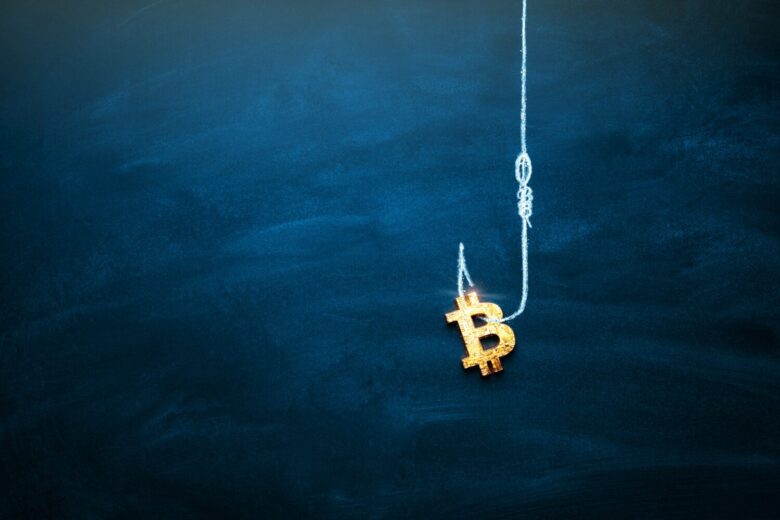Crypto rug pulls are the bane of a token holder’s existence. How can we navigate these risks as noders? How can you set a scam apart from a legitimately failed project? How can you avoid all issues concerning asset loss? Let’s discuss all this through the examples of Luna Yield and RING Financial Token. How can you discern what is a rug pull and how to avoid one?

Source: blog.daisie.com
Frauds, Rug Pulls, and Hacks in Crypto Spaces: The RING Financial Token vs Luna Yield
Cryptocurrencies, commonly referred to as crypto or tokens, have become increasingly popular over the past several years. However, along with this increased popularity has come an increase in frauds,rug pulls, or hacks. It is important to understand the difference between these three terms so that you can protect yourself and your assets when using crypto.
A scam is a deceptive or fraudulent scheme designed to take advantage of unsuspecting victims. Scams can take many forms, from fake ICOs (Initial Coin Offerings) to Ponzi schemes and pyramid schemes. It is vital to do your research before purchasing any token in any crypto-related project or opportunity and to be wary of promises that seem too good to be true. Fraud occurs when someone knowingly or unknowingly misrepresents information with the intent to deceive and gain some benefit. Examples of fraud in the crypto world include pump-and-dump schemes, where token holders are tricked into purchasing certain tokens only for them to be dumped by the perpetrators at a higher price. It is important to be wary of any advice that seems too good to be true and do your own research before purchasing a token. Crypto scams are also often referred to as rug pulls.
Hacks are malicious attacks on a system or database that can result in the loss of data and funds. It is important to ensure that your crypto wallet is properly secured with strong passwords, two-factor authentication, and other security measures. You should also be wary of links you receive promising free tokens or coins as these could contain malicious viruses or malware. By understanding the difference between scams and hacks in the crypto world, you can protect yourself and your tokens. So, how can you set a crypto fraud or apart from a project that was hacked? Let’s look at examples of both cases.

Source: decrypt.co
Luna Yield vs RING Financial Token
Luna Yield was a DeFi protocol that offered yield farming and liquidity mining rewards. It launched in August 2020 as an Ethereum-based protocol and achieved high liquidity and usage in a short period of time. However, in October 2020, the team behind Luna Yield conducted a “rug pull”, or an exit scam. This means that the team defrauded their users, abruptly withdrawing all of their tokens and funds, leaving token holders and liquidity providers with huge losses. In total, around $8 million was lost during the scam. Since the rug pull, Luna Yield has been abandoned and not much doubt remains that it was a scam.
RING Financial, on the other hand, was more of a victim. Initially, RING Financial was an innovative protocol designed to aggregate top DeFi protocols into one place as well as increase accessibility and reduce costs. RING Financial seemed promising but a hack attack put a stop to its tentative success. In 2021, hackers exploited a vulnerability in the token’s coding and drained all assets. The RING Financial Token was then accused of being a scam and lost the trust of the public. How did this happen? Well, the RING Financial team made a mistake in the coding stage.
The issue stems from Solidity – the language used in developing the RING Financial Token. Unlike most other languages, Solidity doesn’t automatically assign functions of the parent to the child in a project. This means that it needs to be assigned manually. The function in question was the “onlyOwner” function which would have secured and protected the Rewards part of the RING Financial Token. The RING Financial team was unaware of this, which can certainly be blamed on their own carelessness, but it does signal a lack of intention to defraud the token holders. RING Financial’s lack of awareness exposed the project to attack. This, on its turn, means that RING Financial was not a scam but rather a genuine project that made a mistake. But the damage was done and RING Financial’s reputation was ruined.
So, now that we know the difference between a legitimate crypto scam in the form of a rug pull and a hack as demonstrated through the examples of Luna Yield and RING Financial, let’s see how you can protect yourself from all risks.

Source: chainalysis.com
Navigating Crypto Scams & Rug Pulls
When dealing with a potential crypto scam or rug pull, the first step is to do your research. Be sure to read up on the project in question, and find out as much information as you can. See what other people are saying about the project, and make sure that the team behind it is legitimate. You should also look at any third-party sources that may be able to provide additional information about the project and its team members.It’s also important to beware of any too-good-to-be true offers or promises made by the project. Many frauds involve promises of high returns or discounts on future token purchasing that may never materialize. Be sure to always take a closer look at any offers before purchasing them.
Finally, it’s important to be aware of red flags that may indicate a potential scam. Watch out for projects that don’t have an established track record, or ones that offer exaggerated ROI. If a project has any of these red flags, it’s best to stay away and put your money elsewhere. By following these steps, you can help protect yourself from becoming a victim of crypto scams and rug pulls.
